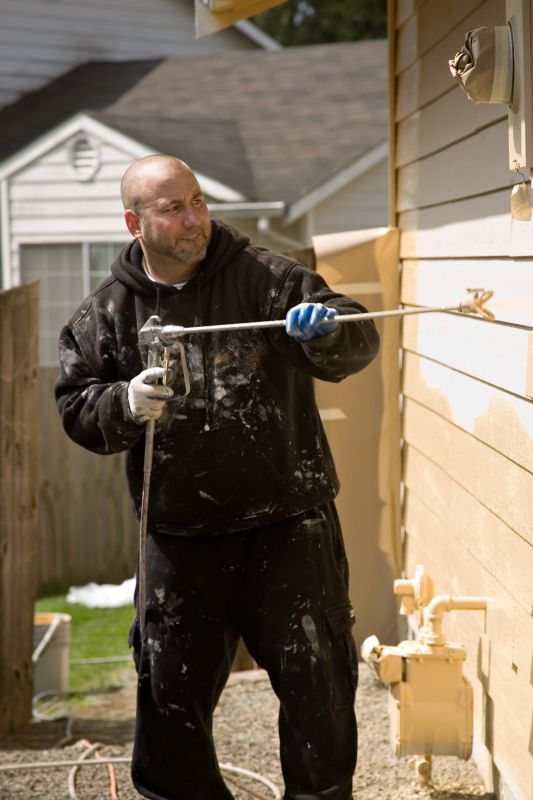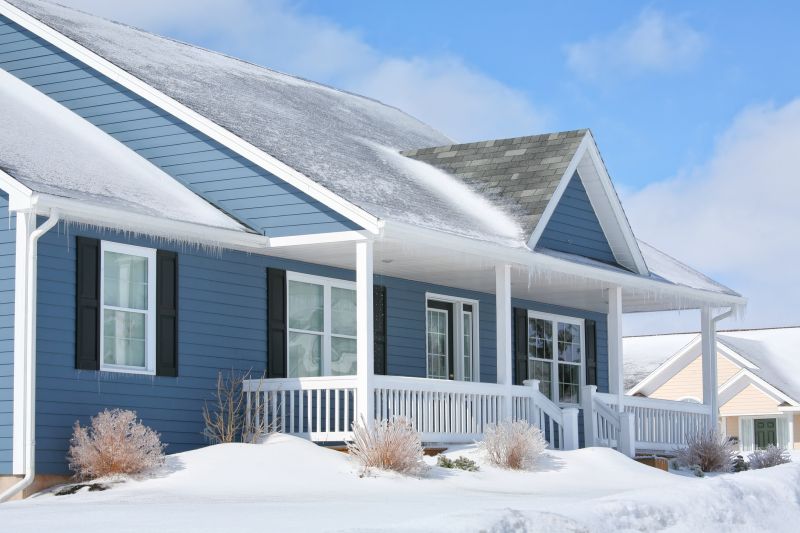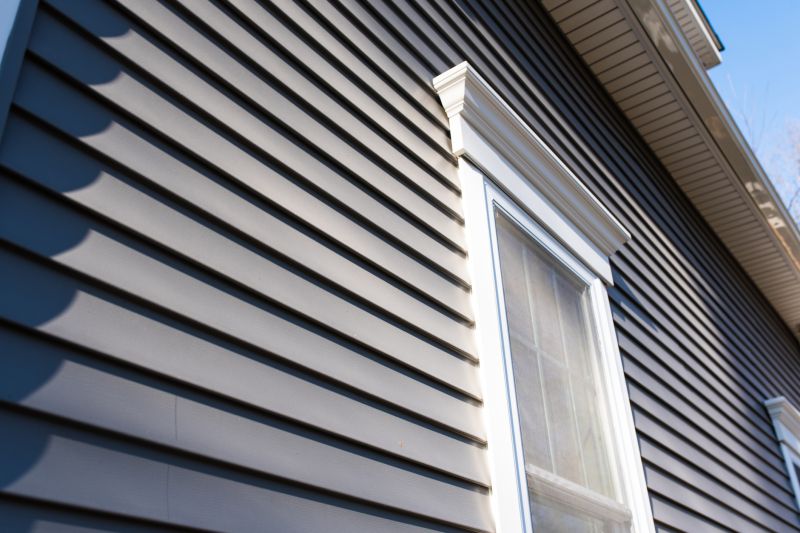Optimal Timing for Siding Service
Selecting the optimal time for siding service depends on various factors, including weather conditions and material considerations. Proper timing ensures the durability and quality of installation or repairs, preventing issues caused by adverse weather.
Spring offers moderate temperatures and longer daylight hours, ideal for siding projects. It allows sufficient time for installation before summer heat or winter cold.
Summer provides warm weather and dry conditions, facilitating efficient work. However, high temperatures can sometimes impact certain siding materials.
Fall is suitable for siding service due to cooler temperatures and less humidity. It provides ample time to complete projects before winter.
Winter is generally less ideal due to cold temperatures and potential for snow and ice, which can delay or complicate siding work.

Spring's moderate weather supports optimal siding installation conditions.

Warm, dry summer days are favorable for siding repairs and installation.

Fall provides cooler temperatures ideal for completing siding work before winter.

Winter's cold and unpredictable weather can hinder siding service schedules.
| Season | Ideal Conditions |
|---|---|
| Spring | Moderate temperatures, longer days, less humidity |
| Summer | Warm, dry weather, longer work hours |
| Fall | Cool temperatures, less humidity, before winter |
| Winter | Cold temperatures, snow, and ice |
Siding service encompasses the installation, repair, and replacement of exterior siding materials, which serve as a protective barrier for buildings. Proper siding enhances curb appeal, provides insulation, and shields structures from weather elements. Common materials include vinyl, fiber cement, wood, and metal, each with specific installation requirements and benefits. The longevity of siding depends on proper installation and timely maintenance. On average, siding can last between 20 to 40 years, depending on the material and environmental conditions.
Statistics indicate that the majority of siding projects are scheduled during spring and fall, aligning with favorable weather conditions. Proper timing can reduce the risk of delays and material damage, ensuring a more durable and aesthetically pleasing finish. Regular inspections and maintenance can extend the lifespan of siding and prevent costly repairs in the future.

Professional siding installation involves precise measurements, material handling, and secure fastening.

Timely repairs address damage and prevent further deterioration of siding.

High-quality siding enhances the exterior appearance and durability.

Advanced tools ensure precise installation and repair work.
Interested in scheduling siding service? Filling out the contact form provides an opportunity to discuss specific needs and receive tailored information about available options and timing. Proper scheduling and professional installation contribute significantly to the longevity and appearance of siding, making it a valuable investment for property owners.

